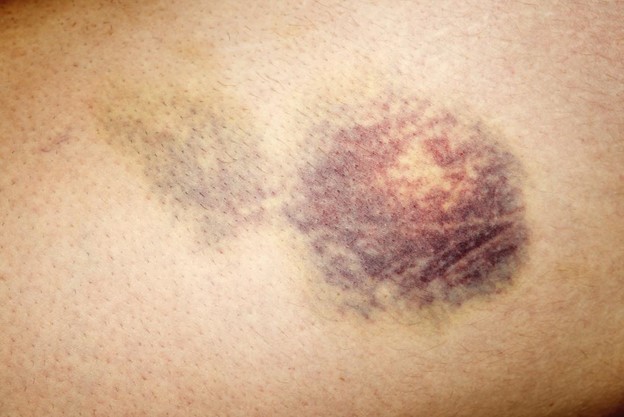A nurse is teaching a client who has rheumatoid arthritis about illness management.
Which of the following instructions should the nurse include in the teaching?
Apply cold packs directly on the skin of the affected joints.
Administer biological response modifiers to prevent infection
Take a hot shower in the morning to decrease stiffness.
Cluster physical activities during the day
The Correct Answer is C
The correct answer is choice C. Taking a hot shower in the morning can help decrease stiffness and improve joint mobility for people with rheumatoid arthritis. This is one of the self-management strategies that can reduce pain and disability.
Choice A is wrong because applying cold packs directly on the skin of the affected joints can cause vasoconstriction and increase inflammation.
Cold therapy should be used with caution and with a barrier between the skin and the ice pack.
Choice B is wrong because biological response modifiers are not used to prevent infection, but to reduce inflammation and slow down joint damage in rheumatoid arthritis.
These medications can actually increase the risk of infection by suppressing the immune system.
Choice D is wrong because clustering physical activities during the day can cause fatigue and joint stress for people with rheumatoid arthritis.
It is better to pace activities throughout the day and take frequent breaks to rest the joints.
Normal ranges for rheumatoid arthritis are based on the disease activity score (DAS), which measures the number of swollen and tender joints, the level of inflammation in the blood, and the patient’s global assessment of health. A DAS below 2.6 indicates remission, a DAS between 2.6 and 3.2 indicates low disease activity, a DAS between 3.2 and 5.1 indicates moderate disease activity, and a DAS above 5.1 indicates high disease activity.
Nursing Test Bank
Naxlex Comprehensive Predictor Exams
Related Questions
Correct Answer is D
Explanation
The correct answer is choice D. The client is oriented times three.
This means that the client knows who they are, where they are, and what time it is. This indicates a high level of consciousness and a normal Glasgow coma scale (GCS) rating of 15.
Choice A is wrong because the client withdraws from pain.
This means that the client reacts to a painful stimulus by pulling away from it. This indicates a lower level of consciousness and a GCS rating of 4 for motor response.
Choice B is wrong because the client is unable to obey commands.
This means that the client does not follow simple instructions such as moving a limb or opening their eyes. This indicates a lower level of consciousness and a GCS rating of 1 or 2 for motor response.
Choice C is wrong because the client opens eyes to sound.
This means that the client does not open their eyes spontaneously, but only when they hear a loud noise. This indicates a lower level of consciousness and a GCS rating of 3 for eye opening.
The Glasgow coma scale is a clinical tool used to assess the level of consciousness of a person after a brain injury.
It consists of three tests: eye opening, verbal response, and motor response.
Each test has a score range from 1 to 6, with higher scores indicating higher levels of consciousness. The total score ranges from 3 to 15, with lower scores indicating higher risk of death.
Correct Answer is B
Explanation

A hematoma is a collection of blood outside a blood vessel that can cause swelling, pain, and bruising. It can indicate bleeding from the artery where the catheter was inserted, which can be a serious complication of cardiac catheterization.
The nurse should notify the provider immediately if a hematoma is observed.
Choice A is wrong because heart rate 90/min is within the normal range for adults and does not indicate a complication.
Choice C is wrong because bounding pulses in the affected extremity are expected after cardiac catheterization, as they indicate good blood flow to the area.
Choice D is wrong because report of discomfort at the insertion site is common and usually mild after cardiac catheterization.
The nurse can provide pain relief as needed, but does not need to notify the provider unless the pain is severe or persistent.
Normal ranges for heart rate are 60-100 beats per minute for adults. Normal ranges for blood pressure are 120/80 mmHg or lower for systolic pressure and 80 mmHg or lower for diastolic pressure. Normal ranges for oxygen saturation are 95-100% for adults.
Whether you are a student looking to ace your exams or a practicing nurse seeking to enhance your expertise , our nursing education contents will empower you with the confidence and competence to make a difference in the lives of patients and become a respected leader in the healthcare field.
Visit Naxlex, invest in your future and unlock endless possibilities with our unparalleled nursing education contents today
Report Wrong Answer on the Current Question
Do you disagree with the answer? If yes, what is your expected answer? Explain.
Kindly be descriptive with the issue you are facing.
